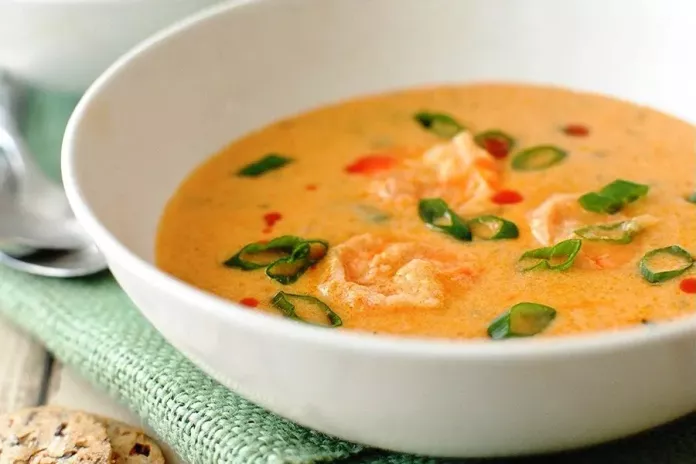Soups are cooked on broths, decoctions, milk and bread kvass. Broths can be meat, mushroom, fish, and decoctions are cooked from vegetables, berries or fruits. Soups on broths are transparent, dressing and puree. The taste of soups depends very much on the quality of the broths on which they are cooked. Therefore, the method of cooking broths is of great importance. For soups, broths are boiled concentrated. The output of concentrated broth from 1 kg of meat products or fish food waste is 1 liter, and mushroom broth - 5 liters from 1 kg of dried mushrooms.
Bone broths are best used for filling soups, as the vegetables and other products included in their composition enrich the soups with extractive and flavoring substances. For filling soups, the products are boiled in the broth on which the soup is cooked https://kashevar.com/en/recipes/soups. For clear soups, in most cases, products are cooked separately, so meat or bone broth is well suited for them. Before serving, the products are placed in plates, and from the top they are poured with clear broth. For clear soups, the broth is prepared stronger than for dressings. For mashed soups, the products are pre-boiled and then rubbed.
Meat for ordinary broths must be cut into a weight of approximately 1.5-2 kg. The brisket, since it has a small thickness, can be cut into pieces weighing up to 3 kg. It is not recommended to cut the meat too finely, as it will lose its appearance and will be very difficult to cut into portions. Before cooking the broth, the bones also need to be crushed. This is necessary so that useful substances come out better during cooking. The duration of cooking broths depends on the age of the animal and on the size. It is recommended to cook bone broth for no more than 6 hours, and meat broth for 2.5-3 hours. Do not allow the digestion of meat, as its taste deteriorates sharply.
Meat and bones must be poured with cold water, and then put on fire. If bones and meat are added to boiling water, the beneficial substances will not be able to fully saturate the broth. It is also not recommended to cook the broth at a strong boil, since the fat formed at the time of cooking the broth breaks and the broth becomes cloudy. Fat that floats to the surface must be removed from time to time, as it changes during the cooking of the broth and can give an unpleasant odor and a specific greasy taste.
In order to improve the taste and aroma of broths, carrots, onions, celery, and parsley are added to them. Vegetables should not be put into the broth along with the meat, but 20-30 minutes before the end of the broth cooking. When cooked for a long time, vegetables spoil the view, turning into mashed potatoes. Spices (bay leaf, pepper, etc.) must be added to the broth 5-10 minutes before the soup is cooked.
